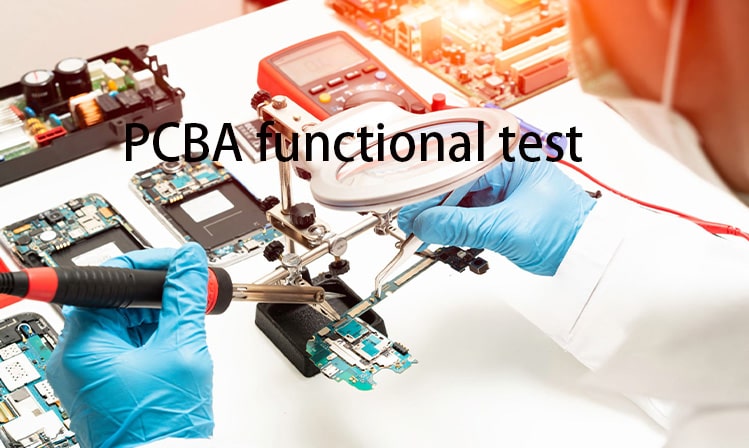Five common PCBA functional tests
For the electronics manufacturing industry, PCBA is a necessary link, and functional testing is indispensable. Functional testing is a very important step to ensure product quality. What role does it play in it?
PCBA functional testing is performed to ensure product electrical performance and functional stability. During the production process, reliable PCBA functional testing can detect board defects and failures early, ultimately improving product quality and reliability. At the same time, after PCBA functional testing, the stability of the product can be guaranteed, thereby ensuring subsequent customer satisfaction and credibility.

In PCBA functional testing, a series of testing methods and tools are usually used.
The following are the five common PCBA functional testing methods
1. Point test:
Spot testing is a traditional circuit board testing method. This method requires a set of metal pins or sensors that detect connectivity and insulation on the circuit board. Among them, the tester controls the movement of these needles or sensors through a computer program to test various functions of the PCBA.
2. Flying probe test:
Flying probe testing is an automated testing method that can test multiple circuit boards at the same time. This method uses a robotic arm or other machine device to accurately locate and measure the electrical performance of a circuit board. Through this method, the testing efficiency of PCBA can be improved.
3. Boundary Scan test:
Boundary scan testing uses a special test rack built into the chip to test the circuit board of the external interface. This method is particularly suitable for testing complex circuit boards, such as those used for communications or automatic control.
4. Surface mount (SMT) test:
Surface mount testing can effectively test surface-mounted components on circuit boards, such as chips, capacitors, resistors, etc. In addition, when performing surface mount testing, you can also check whether the solder joints on the circuit board are intact.
5. Functional testing:
Functional testing is one of the most commonly used circuit board testing methods. This method is to verify whether the various functions of the circuit board are normal by simulating the operation of the circuit board under actual usage conditions. For example, the functional test of a PCBA-based TV includes turning on and off the TV, volume control, channel control, etc.
The above are several common PCBA functional testing methods. Each testing method has its unique advantages and disadvantages. When performing PCBA functional testing, it is necessary to adopt appropriate testing methods according to the actual situation, and make adjustments and improvements based on the test results.







